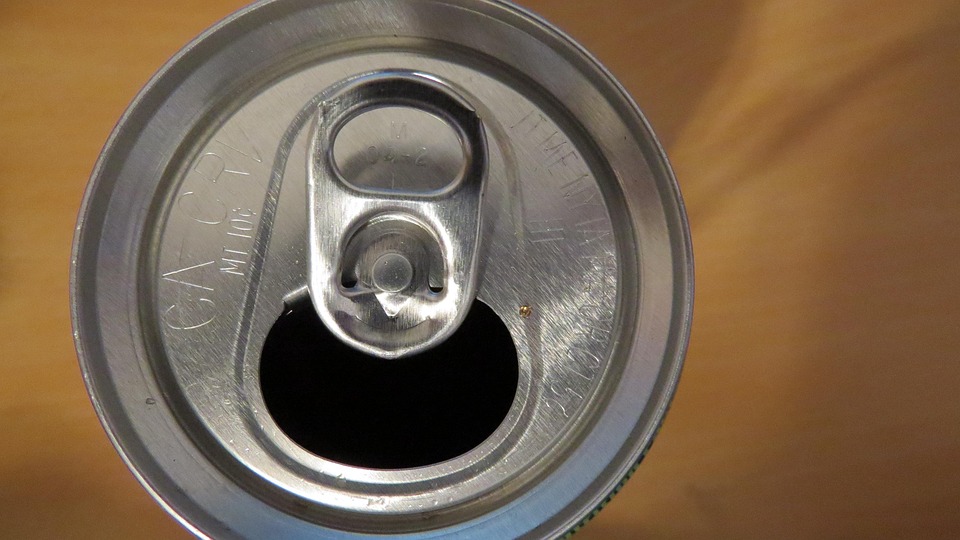Can A Deep Cycle Battery Be Used In A Car

The question of whether a deep cycle battery can be used in a car is a common one, often sparking debate among automotive enthusiasts and professionals alike. The short answer is: yes, technically it can, but it's generally not recommended for the long term, and definitely not in every application. To understand why, we need to delve into the differences between starting batteries and deep cycle batteries, and the demands placed upon them within a typical automotive electrical system.
Understanding Starting vs. Deep Cycle Batteries
A standard automotive battery, often referred to as a starting battery or SLI (Starting, Lighting, Ignition) battery, is designed to deliver a short, powerful burst of energy to crank the engine. It achieves this with thin lead plates offering a large surface area, maximizing current output. Once the engine is running, the alternator takes over, providing power to the car's electrical system and replenishing the small amount of charge used to start the car.
In contrast, a deep cycle battery is built for sustained, lower-current discharge over a longer period. Think of powering a trolling motor on a boat, running electronics in an RV, or backing up solar power systems. Deep cycle batteries have thicker lead plates, which are more resilient to repeated deep discharges. They are designed to be discharged down to 20% of their capacity or even lower, repeatedly, without significant damage. This is something a starting battery cannot handle.
Why Deep Cycle Batteries Aren't Ideal for Cars
While a deep cycle battery *can* start a car, several factors make it less than ideal:
- Lower Cranking Amps (CCA): Deep cycle batteries typically have a lower Cold Cranking Amps (CCA) rating than starting batteries of the same size. CCA is a measure of the battery's ability to deliver high current at 0°F (-18°C). A lower CCA could result in a slow crank or even a no-start situation, especially in cold weather.
- Charging Characteristics: Car alternators are designed to quickly replenish starting batteries. Deep cycle batteries prefer a slower, more controlled charging process. While modern alternators are fairly sophisticated, repeatedly charging a deep cycle battery at the rate an alternator provides can shorten its lifespan. Overcharging a deep cycle can be disastrous.
- Weight and Size: Deep cycle batteries are often heavier and bulkier than starting batteries of comparable capacity. This can be a problem in vehicles where space and weight are critical considerations.
- Cost: Deep cycle batteries are typically more expensive than standard starting batteries. Investing in a battery that isn't ideally suited for the application doesn't make economic sense.
When Might a Deep Cycle Battery Be Considered?
There are niche scenarios where a deep cycle battery might be considered in a car, often in conjunction with a standard starting battery:
- Vehicles with High Electrical Loads: Cars equipped with extensive aftermarket audio systems, off-road lights, winches, or other power-hungry accessories may benefit from a deep cycle battery to handle the auxiliary load. In these cases, it's often used as a secondary battery dedicated to these accessories, while the starting battery handles the engine starting duties. This requires proper isolation circuitry to prevent draining the starting battery.
- Vehicles Used Infrequently: If a car is stored for long periods without use, a deep cycle battery's ability to withstand deep discharge might be beneficial. However, a battery maintainer (also known as a trickle charger) is generally a better solution for this scenario.
- Specific RV/Van Conversions: Some RV or van conversions built upon automotive chassis might use a deep cycle battery to power the living area appliances and electronics, separate from the vehicle's starting battery.
Conclusion
In most standard automotive applications, using a deep cycle battery as a primary starting battery is not recommended. The mismatched charging characteristics and lower CCA can lead to premature battery failure and potential starting problems. Stick with a quality SLI battery that meets your vehicle's specifications. If you have significant auxiliary electrical demands, consider a dual-battery system with a properly isolated deep cycle battery dedicated to those accessories. Always consult your vehicle's owner's manual and a qualified automotive technician for guidance on battery selection and installation. Remember to always consider the Battery Group Size recommended for your car. Using the wrong size will make properly securing the battery difficult or impossible.
